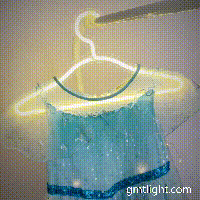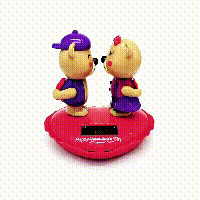We use hangers every day. Many people don't know the story behind them.

The coat hanger was invented by a worker named Albert Parkhouse. At that time, he was a blacksmith who made lampshades in a wire and small handicraft company in Michigan. One day, he was angry to find that all the clothes hooks in the cloakroom of the factory had been occupied. He angrily took out a piece of lead wire, bent it into the shape of the shoulder of his coat, and added a hook to it. The invention was owned and patented by his boss, which is the origin of the hanger.
In the Song Dynasty, the use of hanger was more common than that of the previous generation, and there are records about it. The clothes hanger in the painting of the Song Dynasty tomb mural in Yu County, Henan Province, is supported by two columns and a horizontal bar. The two ends of the cross bar grow columns, and the two ends are slightly upward, and are made into flowers. In the lower part, two horizontal wooden piers are used to stabilize the column, and another transverse beam is added between the two columns at the lower part of the upper cross bar to reinforce the column.
In the Ming Dynasty, the overall shape of the hanger still kept the traditional pattern, but the material, production and decoration were particularly exquisite. The lower end of the hanger is made of two blocks of wood. The inside and outside of the hanger are embossed with palindromes. Columns are planted on the pier. The front and the back of the hanger are carved with grass and flowers. The upper and lower parts of the station tooth are connected with the column and the pedestal pier by tenon. The lattice lattice connected by small pieces of wood is installed on the two piers. As the lattice lattice has a certain width, shoes and shoes can be placed. At the lower side of the joint part of each cross member and column, there are openwork abductors, palisade flowers and teeth to support. From material selection, design and carving, hanger reached a high artistic level in Ming Dynasty.
In the Ming and Qing Dynasties, the clothes hangers were elegant in shape, exquisite in decoration, meticulous in carving and bright in paint color.

In the Qing Dynasty, the clothes hangers were mainly used to hang men's official clothes. Therefore, all the main beams of the hangers were like two double dragons with their heads up, which symbolized the prosperity of the officials. The rest such as "Fu", "Lu", "Shou" and various decorative flower decorations further emphasized their values.
The clothes hanger in ancient times has a new evolution and development in modern times. The combination of traditional style and modern practical function has produced new household products, which have a special charm.
gmtlight innovates on the basis of traditional hanger, each hanger adds neon effect, which makes the hanger an ornament while using it. Add some warmth and romance to the living environment and make life better.




